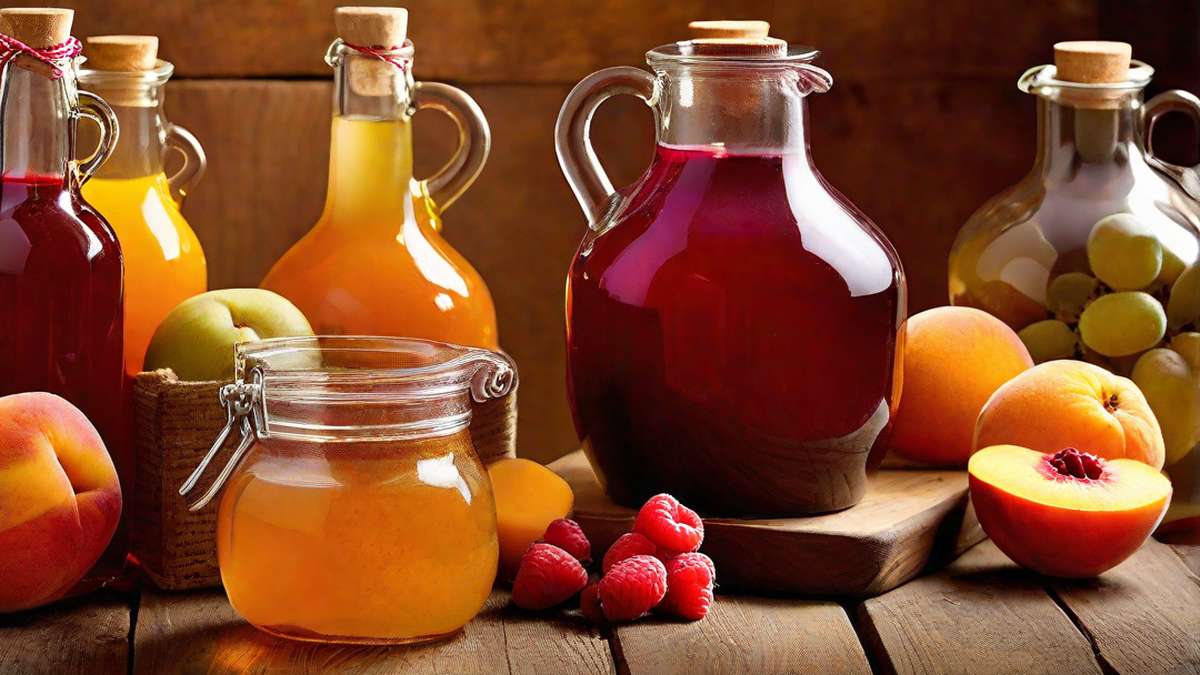Today, I’m excited to share my own journey and know-how in crafting scrumptious peach wine right at your own home. Utilizing peaches to brew wine offers an exquisite method to savor the luscious taste of this succulent fruit throughout the entire year. No matter if you’re picking fresh peaches from a nearby orchard or purchasing them from a supermarket, you can easily transform them into an appealing homemade wine that’s sure to wow your loved ones. Let’s delve into the detailed guide on making your very own peach wine.
Choosing the Right Peaches
The first step in making peach wine is selecting the perfect peaches. Look for ripe, juicy peaches that are free from bruises or blemishes. The best peach variety for wine making is one with a good balance of sweetness and acidity, as this will contribute to the overall flavor profile of the wine. I love using fresh, locally-grown peaches for the best flavor and aroma.
Gathering the Supplies
Before we begin, let’s gather all the necessary equipment and ingredients. You’ll need a large fermenting vessel, such as a glass carboy, along with an airlock, siphon, and wine bottles for bottling. In addition, you’ll need peaches, sugar, wine yeast, and some basic kitchen tools like a food-grade bucket and a straining bag. These items are essential for the fermentation and aging process of the peach wine.
The Wine Making Process
To start the wine making process, begin by washing and slicing the peaches, removing the pits, and placing them in the fermenting vessel. Then, add sugar and water to create a peach “must” – the mixture of fruit, sugar, and water that will ferment into wine. Next, it’s time to add wine yeast to kickstart the fermentation process. The yeast will consume the sugar in the peach must, turning it into alcohol and carbon dioxide, while also imparting unique flavors to the wine.
Fermentation and Aging
After the initial fermentation, the peach wine will need to be racked and transferred to a secondary fermenter for aging. During this time, the flavors will develop, and the wine will clarify as any sediment settles to the bottom of the vessel. Patience is key during this stage, as the wine may need several months to reach its full potential. I love the anticipation of waiting for the flavors to mature and the aromas to blossom.
Bottling and Enjoying
Once the peach wine has aged to perfection, it’s time to bottle it and savor the fruits of your labor. Use sanitized wine bottles and corks to carefully bottle the wine, and consider adding personalized labels for a special touch. When it comes to enjoying your homemade peach wine, I recommend serving it chilled to bring out the refreshing fruit flavors. Share it with loved ones and toast to the satisfaction of creating your own delicious wine.
My Personal Touch
Making peach wine at home has become a cherished hobby of mine. There’s something incredibly rewarding about transforming fresh, seasonal fruit into a delightful beverage that can be enjoyed throughout the year. Whether I’m sipping a glass of peach wine on a warm summer evening or gifting a bottle to a friend, the joy of creating something homemade is always present.
Conclusion
In conclusion, making peach wine at home is a delightful and fulfilling experience that allows you to savor the flavors of ripe peaches in a whole new way. With the right peaches, equipment, and patience, you can create a truly exceptional wine that reflects your personal touch and passion for the craft. I encourage you to embark on your own peach wine making journey and explore the world of homemade wine.




